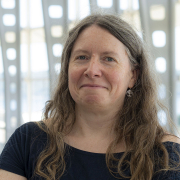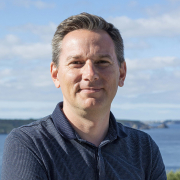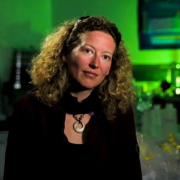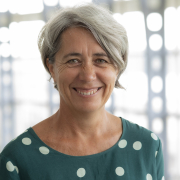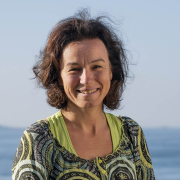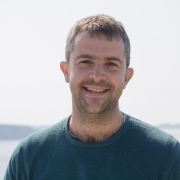Copyright : Laboratoire LEMAR- 2018
Johann Lavaud et Betty Queffelec (UMR AMURE)
International
ISblue Flagship
Start Date
30/03/2025
End Date
30/03/2025
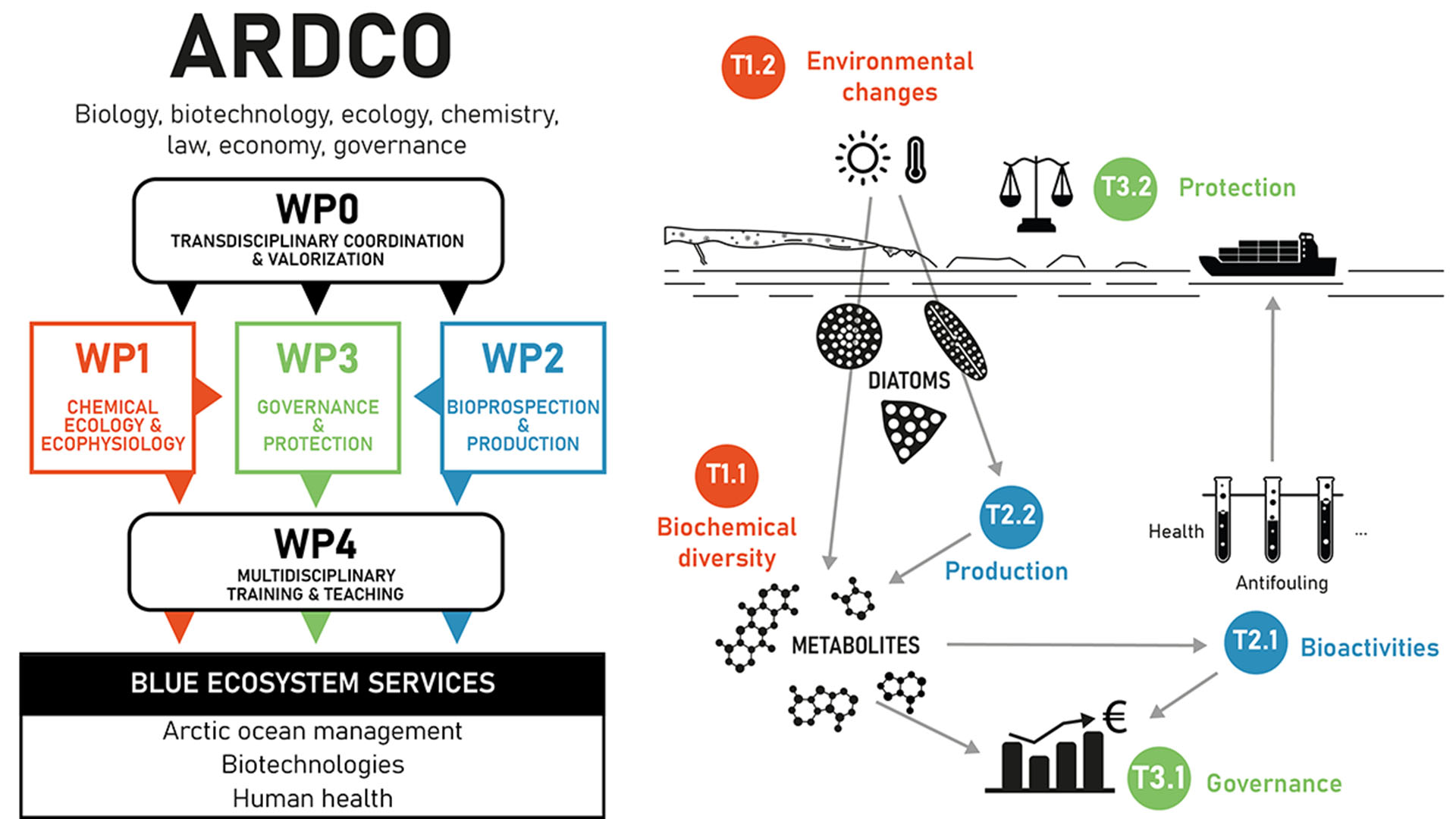
Laboratory Members
Contributors
–Anne Choquet, Emmanuelle Quillérou & Joelle Richard ; UMR 6308 AMURE-Aménagement des Usages des Ressources et des Espaces marins et littoraux, UBO-Université de Bretagne Occidentale.
–Tristan Montier, Tony Le Gall ; UMR 1078 Génétique, Génomique Fonctionnelle et Biotechnologie, UBO.
–Nathalie Bourgougnon, Anne-Sophie Burlot ; Laboratoire de Biotechnologie et Chimie Marines, Université de Bretagne Sud.
–Elodie Nicolau, Thomas Lacour ; laboratoires GENALG/PHYSALG, IFREMER Nantes.
–Christophe Brunet, Clementina Sansone ; Marine Biotechnologies Dept, Statione Zoologica A. Dohrn, Naples, Italie.
–Nele Matz-Lück, Tony Cabus; Walther Schücking Institute for International Law, Kiel University, Allemagne.
–Charlotte Volpe, Marianne Nymark ; Fisheries and New Biomarine Industry Dept, SINTEF Ocean, Norvège.
–Rémi Amiraux, Sébastien Guérin, Marcel Babin ; IRL 3376 Takuvik CNRS/Université Laval, Québec, Canada.
– Cédric Hubas, UMR BOREA-Laboratoire de Biologie des Organismes et des Ecosystèmes Aquatiques, MNHN-Muséum National d’Histoire Naturelle, Station Marine de Concarneau
–Aldo Chircop ; Schulich School of Law, Dalhousie University, Halifax, Canada.

